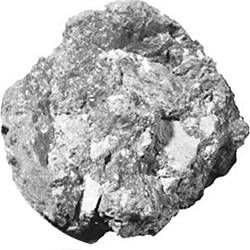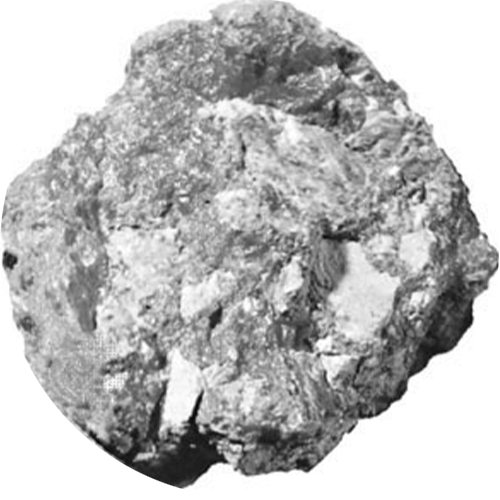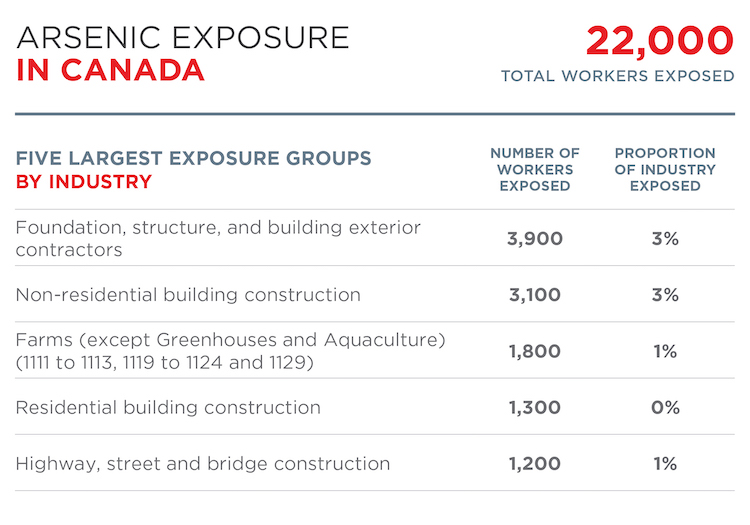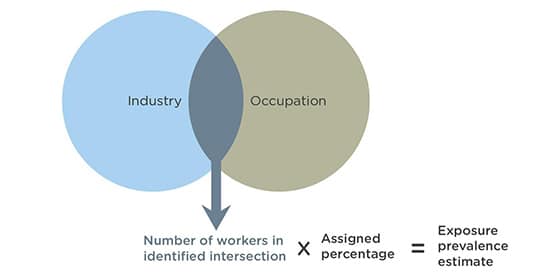Antineoplastic Agents – Resources

Antineoplastic Agents Resources
Package summaries
- Health Care [PDF]
Special topics pages
Publications
- Peters CE, Palmer AL, Telfer J, Ge CB, Hall AL, Davies HW, Pahwa M, Demers PA. “Priority setting for occupational cancer prevention.” Saf Health Work. 2018;9(2):133-139.
- Hall AL, Demers PA, Astrakianakis G, Ge C, Peters CE. “Estimating national-level exposure to antineoplastic agents in the workplace: CAREX Canada findings and future research needs.” Ann Work Expo Heal. 2017;wxx042.
- Peters CE, Ge CB, Hall AL, Davies HW, Demers PA. “CAREX Canada: an enhanced model for assessing occupational carcinogen exposure.” Occup Environ Med 2015;72(1):64-71.
- Hall AL, Davies HW, Demers PA, Nicol AM, Peters CE. “Occupational Exposures to Antineoplastic Drugs and Ionizing Radiation in Canadian Veterinary Settings: Findings From a National Surveillance Project.” Can J Public Health 2013;104(7):460-65.
Videos
Exposure Reduction
Our team conducted research on the different dimensions that affect the safe handling of antineoplastic agents in health care settings and produced resources that can help policy makers and healthcare leaders reduce occupational exposure to antineoplastic agents:
- Compendium of policy levers for the safe handling of antineoplastic agents in occupational settings: This tool is a collection of policy levers for the safe handling of antineoplastic agents in different healthcare settings. It was designed to help policy makers create and update their own respective policies. The compendium is available here (XLS).
- Prevention framework for handling antineoplastic agents: This tool was designed to help organizations assess and audit their own procedures and plans for the safe handling of antineoplastic agents. It was developed by applying internationally accepted approaches to auditing occupational health and safety management systems. The framework is available here (PDF).
- Comparison of policy levers for the safe handling of antineoplastic agents in Alberta, Manitoba, and British Columbia: This report details and compares the various statutes, regulations, policies, guidelines, and standards used in the safe handling of antineoplastic agents across three provinces. It outlines key similarities and differences that policy makers can use to create better-informed policies that protect the health and wellbeing of healthcare workers handling antineoplastic agents. The report is available here (PDF).
We also performed a detailed scan of exposure control resources and assembled a compilation of key publications and resources. These are organized by type of exposure (environmental or occupational) and by specificity (general or carcinogen-specific). Please visit our Exposure Reduction Resources page to view.
We also recommend exploring the Prevention Policies Directory, a freely-accessible online tool offering information on policies related to cancer and chronic disease prevention. Providing summaries of the policies and direct access to the policy documents, the Directory allows users to search by carcinogen, risk factor, jurisdiction, geographical location, and document type. For questions about this resource, please contact a member of the Prevention Team at the Canadian Partnership Against Cancer at [email protected].
Subscribe to our newsletters
The CAREX Canada team offers two regular newsletters: the biannual e-Bulletin summarizing information on upcoming webinars, new publications, and updates to estimates and tools; and the monthly Carcinogens in the News, a digest of media articles, government reports, and academic literature related to the carcinogens we’ve classified as important for surveillance in Canada. Sign up for one or both of these newsletters below.
CAREX Canada
School of Population and Public Health
University of British Columbia
Vancouver Campus
370A - 2206 East Mall
Vancouver, BC V6T 1Z3
CANADA
As a national organization, our work extends across borders into many Indigenous lands throughout Canada. We gratefully acknowledge that our host institution, the University of British Columbia Point Grey campus, is located on the traditional, ancestral, and unceded territories of the xʷməθkʷəy̓əm (Musqueam) people.








